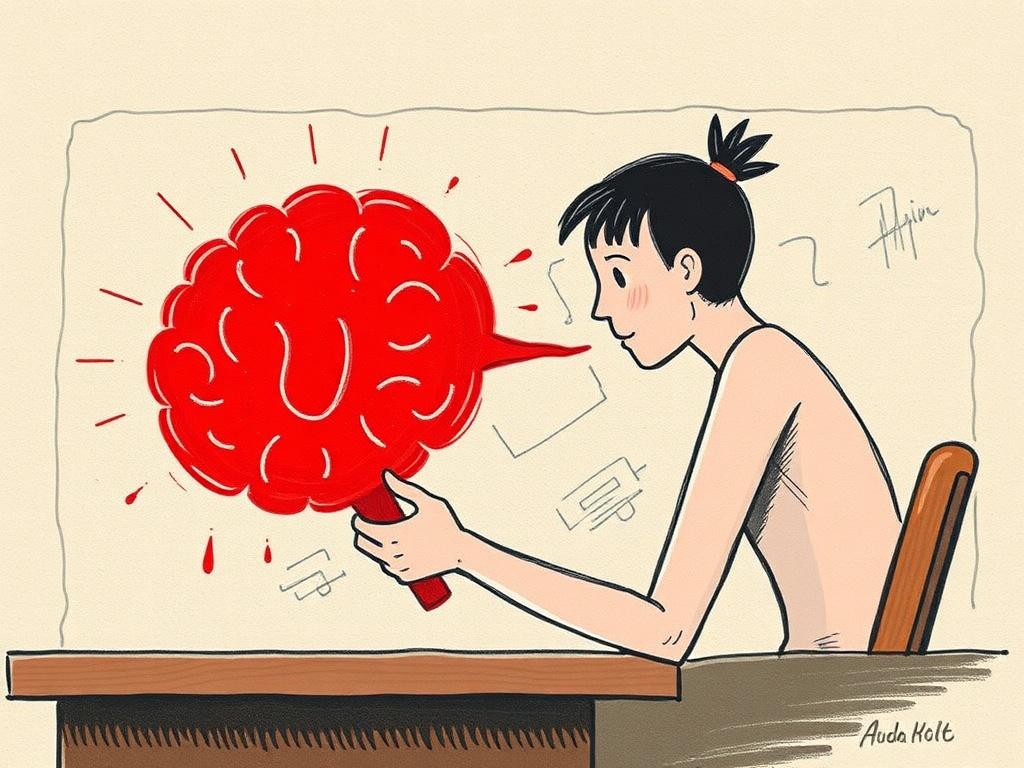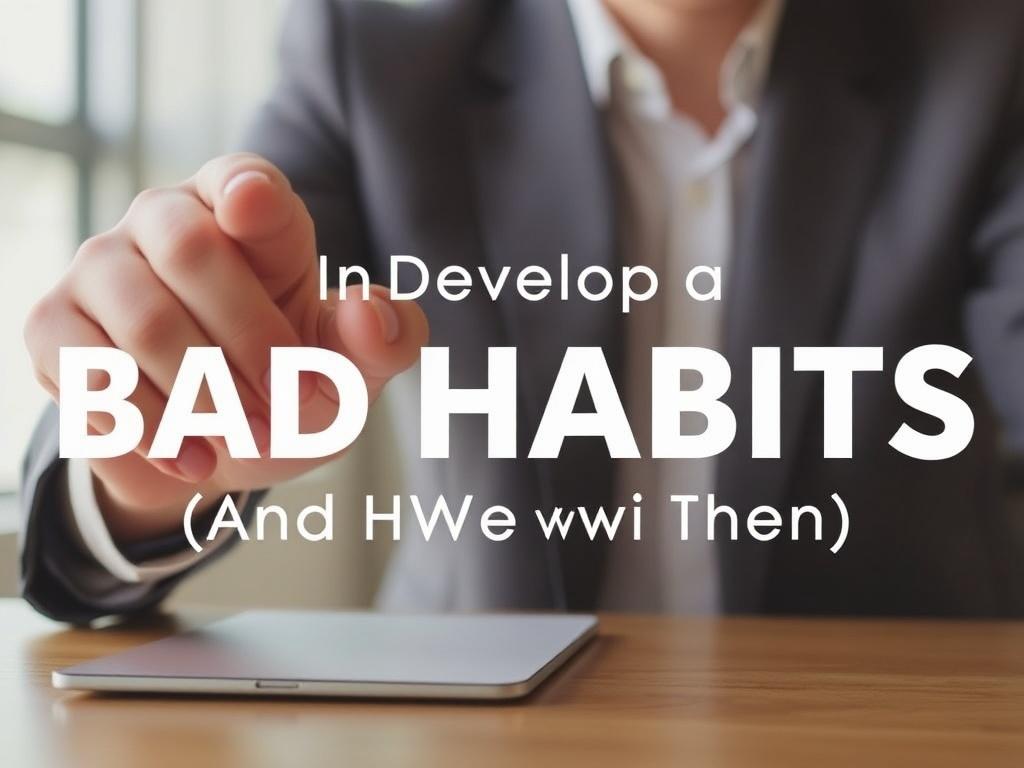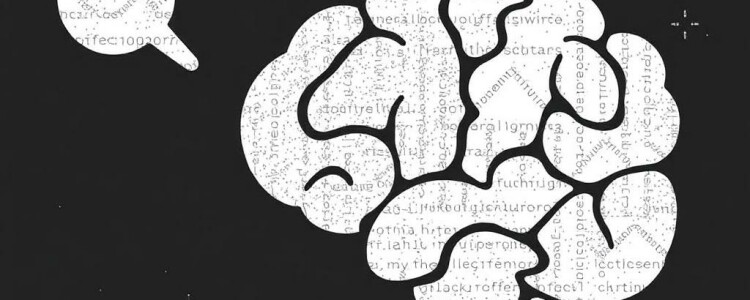Have you ever wondered why some habits stick around no matter how hard you try to shake them? Whether it’s biting your nails, procrastinating, or reaching for that extra slice of cake, bad habits seem to have a way of embedding themselves deep into our everyday lives. Understanding why we develop bad habits is the first step toward breaking them. This understanding can help you take control and bring positive changes to your routine without feeling overwhelmed. In this article, we’ll explore the fascinating psychology behind habit formation, why bad habits are so persistent, and practical strategies you can use to break free from them.
What Are Habits, and Why Do They Matter?

Habits are simply behaviors that become automatic through repetition. They’re the brain’s way of saving energy by turning frequently performed actions into routines that require little conscious thought. When you brush your teeth every morning or put on your seatbelt while driving, these actions are habits working smoothly in the background. But not all habits are good for us.
Bad habits, by contrast, are patterns of behavior that negatively impact our health, happiness, or productivity. Despite knowing better, many of us engage in activities like smoking, overeating, or excessive worrying. Why is it so difficult to let go of these patterns? The answer lies in how habits are wired in our brains.
The Habit Loop: Cue, Routine, Reward
At the core of every habit is the “habit loop,” a concept popularized by Charles Duhigg in his book *The Power of Habit*. This loop consists of three parts:
- Cue: A trigger that initiates the behavior.
- Routine: The behavior or habit itself.
- Reward: The positive reinforcement that makes the habit stick.
Picture yourself craving a coffee every afternoon. The cue might be the time of day or feeling tired, the routine is making and drinking the coffee, and the reward is the burst of energy or pleasure you experience afterward. This loop becomes ingrained, and over time the brain triggers the routine automatically at the cue to get the reward.
Why Do We Develop Bad Habits?
Understanding the reasons behind bad habits can feel like unraveling a complex mystery, but science tells us it boils down to a few key factors.
1. The Brain’s Desire for Efficiency
Our brains are energy-saving machines. Repeating the same behaviors over and over allows the brain to “chunk” them into habits, which frees up cognitive resources for other tasks. This is why bad habits keep coming back — they’re autopilot behaviors that don’t require much thinking, even if they aren’t beneficial. For example, scrolling through social media mindlessly may feel like a waste of time, but because it’s become a habit, it happens effortlessly.
2. Emotional Comfort and Coping
Many bad habits serve as coping mechanisms when we experience stress, anxiety, or boredom. Smoking a cigarette, snacking on junk food, or procrastinating can temporarily soothe uncomfortable emotions. This emotional connection reinforces the habit loop because the “reward” is emotional relief, however brief or unhealthy it might be.
3. Social and Environmental Influences
Our habits often reflect the environment we live in. If you’re surrounded by friends who smoke or if unhealthy snacks are always within arm’s reach, it becomes much easier to develop and maintain those habits. Social settings and cultural norms play a huge role in shaping our routines, sometimes without us realizing it.
4. Lack of Awareness
Sometimes, bad habits form simply because we don’t notice them. They slip into our days quietly and become part of the background noise. This lack of awareness can make changing habits especially difficult because you don’t realize how often or why you do them.
Common Types of Bad Habits
Before diving into breaking bad habits, it helps to recognize which habits are common and why they can be problematic. Here’s a quick breakdown:
| Habit | Why It’s Bad | Common Triggers |
|---|---|---|
| Nail Biting | Can damage nails and skin, spread germs | Stress, boredom, anxiety |
| Procrastination | Leads to missed deadlines, stress, poor work quality | Fear of failure, overwhelm |
| Overeating | Can lead to weight gain, health issues | Emotional distress, social events |
| Smoking | Health risks, addiction | Stress, peer pressure |
How to Break Bad Habits: Science-Backed Strategies
Breaking bad habits might seem like an uphill battle, but by applying simple, consistent strategies, you can retrain your brain and reclaim control. Here are some proven methods to help you on this journey.
1. Increase Awareness: Track Your Habit
One of the biggest obstacles to breaking bad habits is that they often operate beneath our conscious awareness. The first step in change is to observe when, where, and how often you perform your habit. Keep a simple journal or use habit tracking apps to record every instance for a week. Note the cues and feelings tied to the habit. This increased awareness helps you understand patterns and disrupt the autopilot mode.
2. Identify and Change Your Triggers
Since habits start with cues, altering or eliminating these triggers can prevent the routine from activating. If you realize that stress at work leads you to bite your nails, finding healthier stress relief techniques or changing your work environment can reduce the cue’s power.
3. Substitute Bad Habits with Good Ones
Attempting to just stop a bad habit can be daunting because it leaves a void. Instead, replace the harmful routine with a positive one that offers similar rewards. For example, if you tend to reach for unhealthy snacks when bored, try drinking water or chewing gum. This substitution helps satisfy the brain’s craving for reward without the negative consequences.
4. Use the “If-Then” Technique
The “If-Then” strategy, also known as implementation intentions, is a powerful mental plan that prepares you for challenging moments. For example, “If I feel like procrastinating, then I will work for just 5 minutes to get started.” This pre-planned response helps interrupt the habit loop and guides you toward better choices.
5. Limit Exposure to Temptations
If your environment is filled with temptations, breaking bad habits becomes exponentially harder. Make small changes like removing junk food from your pantry or avoiding social settings that encourage smoking. Surrounding yourself with positive influences creates a supportive atmosphere for change.
6. Reward Yourself for Progress
Habits rely on rewards to stay alive, so consciously rewarding yourself for resisting or replacing a bad habit strengthens new patterns. These rewards don’t have to be big — even a moment of praise or a small treat can provide motivation.
7. Be Patient and Practice Self-Compassion
Finally, remember that breaking bad habits takes time and slips are part of the process. Don’t beat yourself up if you fall back into an old pattern. Treat yourself with kindness and get back on track without guilt. Consistency over time leads to lasting change.
How Long Does It Take to Break a Bad Habit?
One of the most common questions about bad habits is how long it takes to break them. The answer varies depending on the person, the habit’s complexity, and how often it occurs. Research suggests that on average, it takes about 66 days to form a new habit or break an old one. However, some habits may take shorter or longer depending on individual circumstances.
Here’s a simple table summarizing this timeline:
| Type of Habit | Estimated Time to Change | Factors Influencing Time |
|---|---|---|
| Simple tasks (e.g., drinking water daily) | 18-21 days | Low complexity, continuous repetition |
| Moderate habits (e.g., regular exercise) | 40-66 days | Requires motivation, some planning |
| Complex habits (e.g., quitting smoking) | 80+ days | Strong addiction, emotional triggers |
Remember, the key isn’t speed but persistence. Consistent effort is what ultimately rewires the brain.
Popular Myths About Breaking Bad Habits
Let’s debunk some common misconceptions about bad habits that might be holding you back.
- Myth: Willpower is everything. While willpower plays a role, relying solely on it is exhausting and often ineffective. Creating supportive environments and strategies matter more.
- Myth: You must quit cold turkey. Some habits may require gradual change instead of sudden stops to prevent relapse.
- Myth: Breaking habits means no setbacks. Relapses are normal and part of the learning process.
- Myth: Bad habits define you. You are not your habits; you can change behaviors with the right mindset.
Tools and Resources to Support Your Journey

Fortunately, you don’t have to battle bad habits alone. Many tools can offer structure, motivation, and accountability as you work to change your behavior.
Habit Tracking Apps
These apps help you monitor your progress and stay motivated. Some popular ones include:
- Habitica – Turns habit tracking into a game.
- Strides – Allows customizable habit tracking with reminders.
- Loop Habit Tracker – Simple and open-source for daily tracking.
Support Groups and Accountability Partners
Sharing your goals with friends, family, or support groups creates encouragement and accountability. Whether joining online forums or local meetups, connection boosts success.
Mindfulness and Meditation
Developing mindfulness helps increase awareness of cravings and emotional triggers behind bad habits. Meditation practice can reduce stress and improve self-control.
Professional Help
In cases of severe addiction or deeply rooted habits, seeking professional guidance from therapists or counselors can provide tailored strategies and support.
Positive Habits to Build While Breaking Bad Ones
Replacing bad habits with positive ones not only helps fill the void but also improves overall well-being. Here are some habits to consider developing:
- Daily Exercise: Boosts mood and reduces stress.
- Healthy Eating: Fuels your body and mind.
- Regular Sleep Schedule: Enhances energy and focus.
- Gratitude Journaling: Fosters a positive outlook.
- Mindfulness Practice: Strengthens control over impulses.
Summary Table: Why We Develop Bad Habits and How to Break Them

| Cause of Bad Habit | How It Keeps Us Hooked | Strategy to Break It |
|---|---|---|
| Brain’s desire for efficiency | Becomes automatic and effortless | Increase awareness and conscious control |
| Emotional comfort and coping | Provides temporary relief or pleasure | Find healthier substitutes and manage emotions |
| Social and environmental influences | Reinforced by surroundings and others | Modify environment and seek supportive social groups |
| Lack of awareness | Habit happens without realizing | Track habits and note cues |
Conclusion
Breaking bad habits is often seen as a daunting task, but by understanding why we develop them, you can take meaningful steps toward change. Habits form because they serve a purpose for the brain — whether it’s conserving energy, coping with emotions, or responding to your environment. The good news: habits are malleable. With increased awareness, strategic substitutions, and support, you can break free from unwanted routines and build healthier behaviors. Remember to be patient with yourself and celebrate small wins along the way because lasting change is a journey, not a race. Embrace this process, and you’ll discover a new level of control and well-being in your everyday life.




















